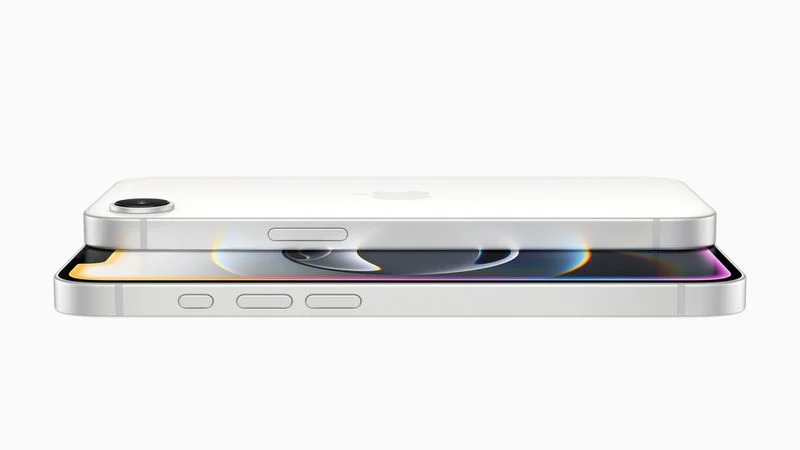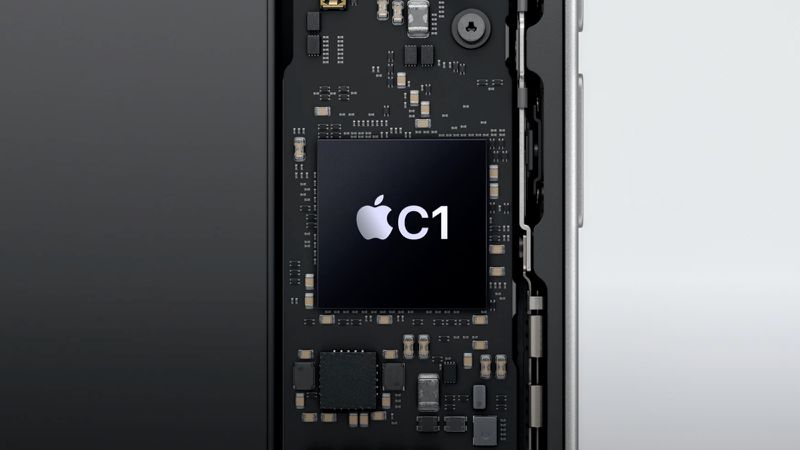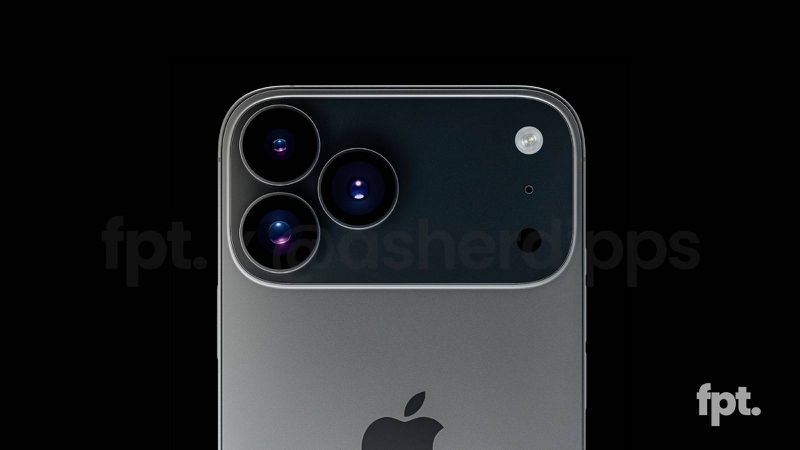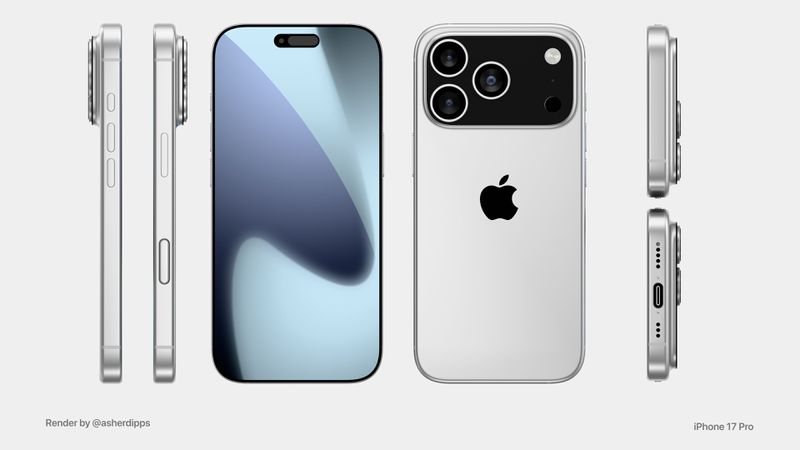Apple has unveiled its first self-made modem chip, called the C1, in the iPhone 16e, which was revealed on Wednesday. This is a big step for Apple as it tries to depend less on companies like Qualcomm for parts. But there’s a catch: the C1 doesn’t support the super-speedy mmWave 5G tech. This limitation will likely carry over to the super-slim iPhone 17 Air coming soon.
What Makes the iPhone 17 Air Special?
Apple says the C1 is their most energy-saving modem yet. However, it only works with sub-6GHz 5G networks. That means it can’t tap into the lightning-fast speeds mmWave offers in places like stadiums, airports, or busy city spots. While sub-6GHz gives wider coverage and decent speeds, it’s not as quick as mmWave.
Reports from Bloomberg’s Mark Gurman and expert Ming-Chi Kuo say the iPhone 17 Air will stick with the C1 modem, skipping mmWave. On the other hand, the iPhone 17, iPhone 17 Pro, and iPhone 17 Pro Max will keep using Qualcomm modems. Those models will enjoy all 5G features, including mmWave’s top speeds.
Why Does This Matter?
Here’s the difference: mmWave delivers blazing-fast internet over short distances, perfect for packed areas. Sub-6GHz, though slower, reaches farther and is more common in many places. So, iPhone 17 Air users might miss out on the fastest 5G in certain spots.
What’s Next for Apple?
Good news: Apple’s already working on a better modem. The next version, expected in the iPhone 18 in 2026, will include mmWave and could hit download speeds of 6 Gbps—way faster than the C1’s 4 Gbps. By 2027, Apple plans a third modem that might even outshine Qualcomm’s, adding smarter AI features too.
Apple’s deal with Qualcomm lasts until 2026, so they’ve got time to polish their tech. For now, premium iPhones will still use Qualcomm modems, while Apple perfects its designs. The C1 is just the start of this journey!





